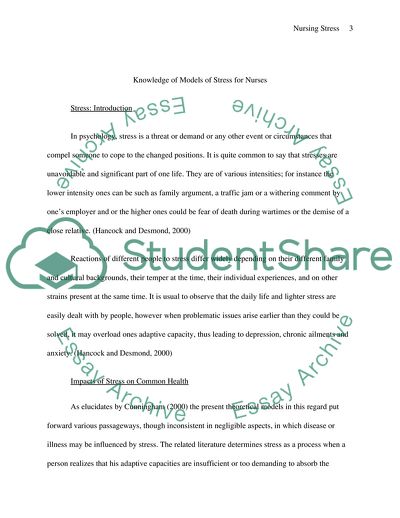Cite this document
(Knowledge of Models of Stress for Nurses Research Paper, n.d.)
Knowledge of Models of Stress for Nurses Research Paper. Retrieved from https://studentshare.org/nursing/1722581-discuss-how-the-knowledge-of-models-of-stress-might-enable-the-nurse-to-provide-effective-nursing-care
Knowledge of Models of Stress for Nurses Research Paper. Retrieved from https://studentshare.org/nursing/1722581-discuss-how-the-knowledge-of-models-of-stress-might-enable-the-nurse-to-provide-effective-nursing-care
(Knowledge of Models of Stress for Nurses Research Paper)
Knowledge of Models of Stress for Nurses Research Paper. https://studentshare.org/nursing/1722581-discuss-how-the-knowledge-of-models-of-stress-might-enable-the-nurse-to-provide-effective-nursing-care.
Knowledge of Models of Stress for Nurses Research Paper. https://studentshare.org/nursing/1722581-discuss-how-the-knowledge-of-models-of-stress-might-enable-the-nurse-to-provide-effective-nursing-care.
“Knowledge of Models of Stress for Nurses Research Paper”. https://studentshare.org/nursing/1722581-discuss-how-the-knowledge-of-models-of-stress-might-enable-the-nurse-to-provide-effective-nursing-care.


